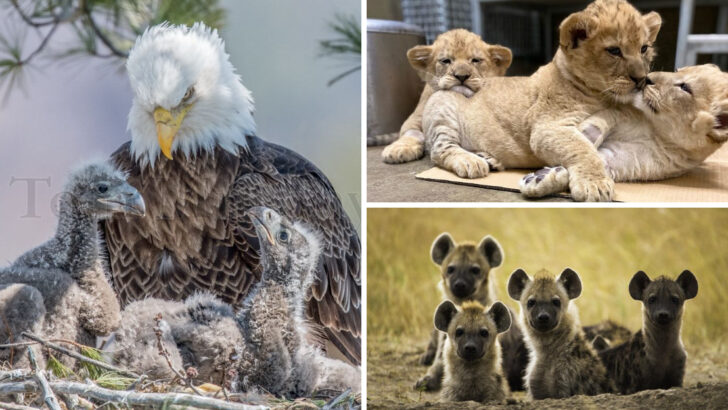In the animal kingdom, sibling rivalry isn’t just a quirky family dynamic—it’s often a matter of life and death. From competing for food to vying for dominance within the pack, young animals can find themselves in intense battles with their brothers and sisters. While we tend to think of sibling fights as something only humans experience, in nature, they can be fierce and sometimes brutal as they fight for survival.
In this article, we’ll take a look at 21 surprising and shocking examples of sibling rivalry in the wild. These fierce battles show how competition among siblings is a critical part of survival, and how it shapes the behaviors and lives of many species. It’s a reminder that the drive to survive is strong—sometimes even stronger than the bond of family.
Lion Cubs
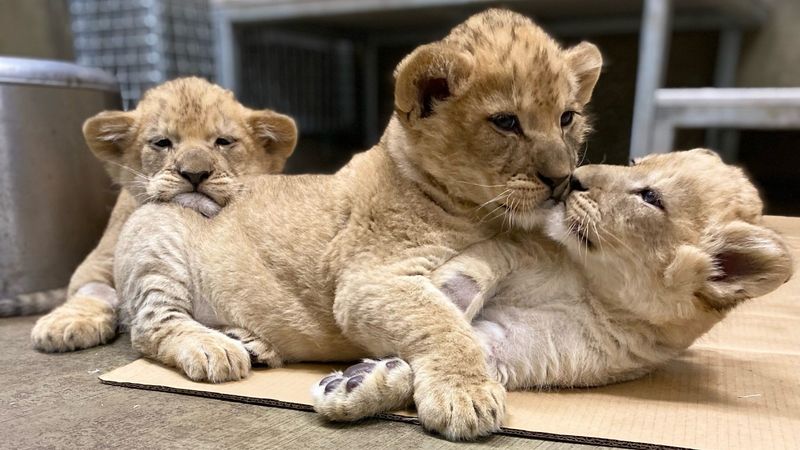
Lion cubs, playful yet competitive, often engage in fierce battles for their mother’s attention and milk. In the vast African savannah, these young cats must quickly learn the dynamics of pride hierarchy. A mother’s milk is their first taste of power, and siblings jostle for position to access it.
While playing, they practice skills crucial for future hunting and survival. Though the sparring seems harmless, it’s a prelude to the real challenges they’ll face. These early interactions set the stage for life in the wild, where only the strongest thrive.
Spotted Hyena Pups
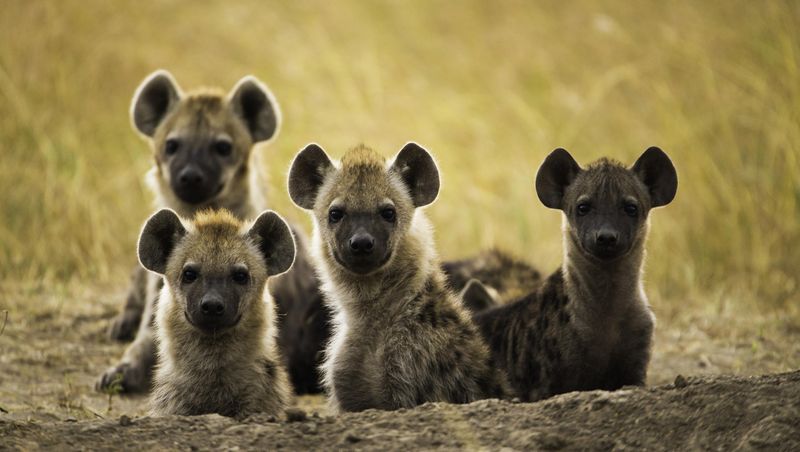
Spotted hyena pups exhibit intense sibling rivalry right from birth. Born in underground dens, these pups fight for dominance almost immediately. Their competitive nature is a survival strategy.
Only the strongest, or most aggressive, get access to the mother’s milk, often at the expense of weaker siblings. This harsh reality ensures the fittest survive, adapting them to the tough savannah life. These early life lessons forge formidable predators, prepared for the challenges of the wild world beyond their den.
Great White Shark Pups
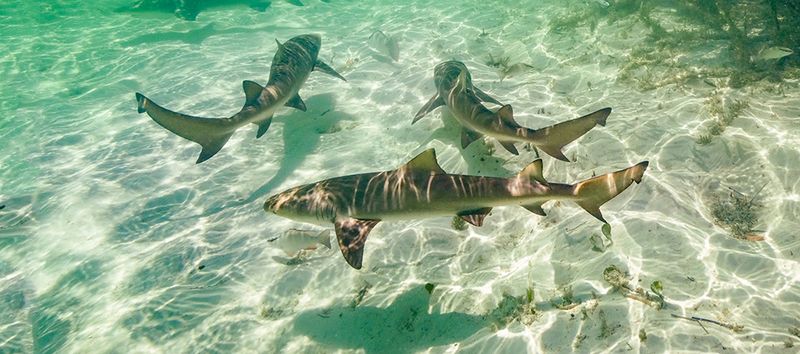
Great white shark pups are notorious for their in-utero sibling rivalry. In this underwater battle, it’s survival of the fittest, literally. They fight for dominance even before birth, where the stronger pup consumes its siblings in a practice known as intrauterine cannibalism.
This brutal start ensures the strongest pup is born, equipped for the challenges of ocean life. Such early acts of aggression prepare them for survival in the vast and competitive marine ecosystem. It’s a testament to nature’s unforgiving laws where strength equates to survival.
Eagle Chicks
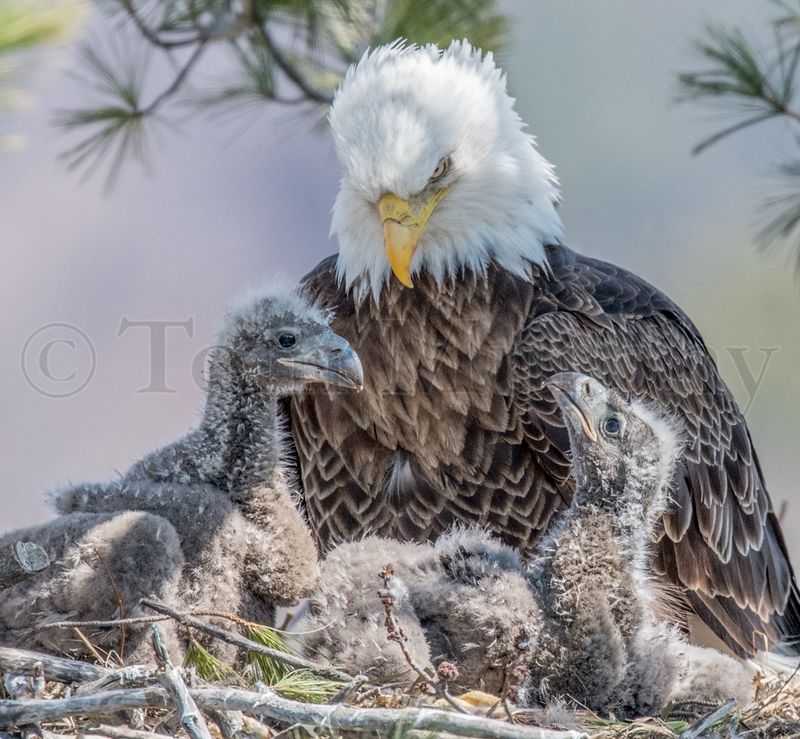
Eagle chicks experience a harsh sibling rivalry known as siblicide, where the older chick often bullies, and sometimes kills, the younger one. In verdant forests and craggy cliffs, parental resources are limited.
This rivalry is a survival strategy, ensuring only the strongest chick grows to fledge. While it seems brutal, the act secures the survival of the most capable chick. This process is nature’s way of maintaining balance, ensuring that at least one chick survives to continue the lineage.
Meerkat Pups
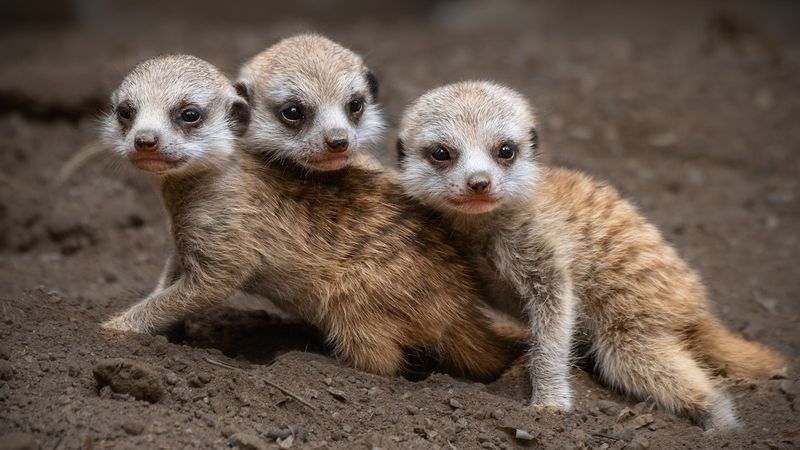
Meerkat pups engage in playful yet critical sibling rivalry in the arid desert. They wrestle and chase, honing skills essential for survival. This playful combat teaches them vital lessons in social hierarchy and teamwork.
These interactions prepare them for the harsh realities of desert life, where cooperation is key. Their rivalry is a blend of camaraderie and competition, essential for thriving in a group. It’s a dynamic exercise in survival, balancing play with the serious business of learning to navigate a challenging environment.
Penguin Chicks
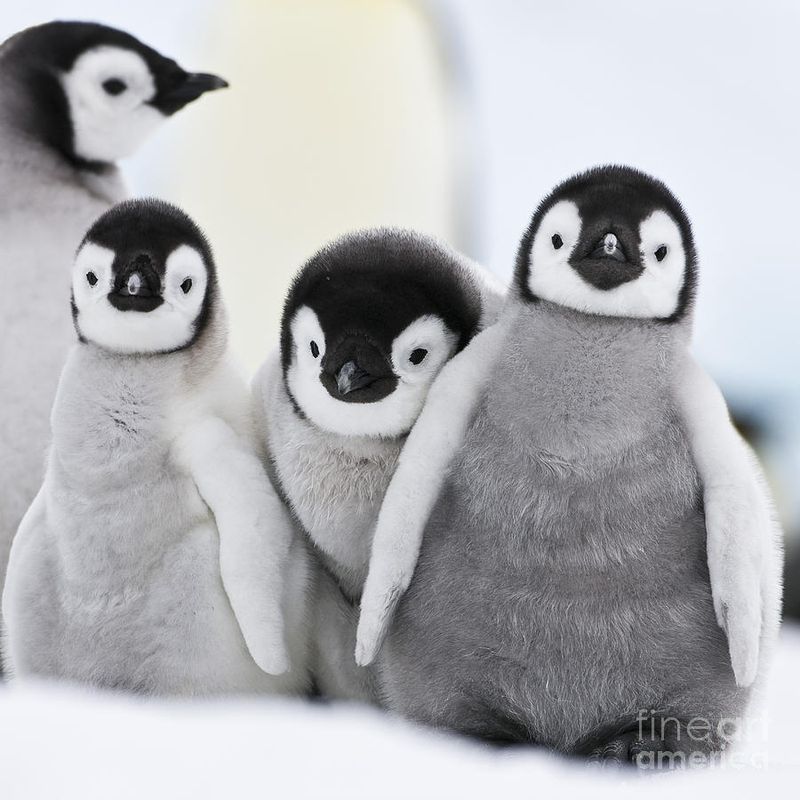
Penguin chicks in the icy landscapes of Antarctica face sibling rivalry for warmth and food. The stronger chick often dominates, pushing the weaker aside. This competition ensures the more robust chick survives, critical in such a harsh climate.
The struggle for resources is fierce, with survival often hinging on strength and perseverance. These interactions are lessons in resilience, preparing them for the unforgiving conditions of adult life. In this frigid world, only the toughest chicks make it to adulthood.
Cheetah Cubs
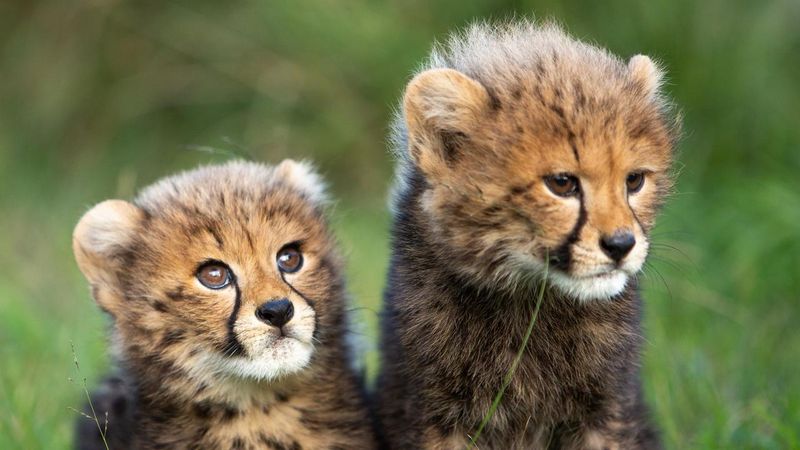
Cheetah cubs are playful yet competitive as they navigate the grasslands. Their sibling rivalry involves mock battles that develop crucial hunting skills. While they play, they’re learning stealth, speed, and strategy.
These interactions are vital, setting the groundwork for survival as they mature. Though seemingly innocent, these early skirmishes prepare them for the serious task of hunting in the wild. It’s a delicate balance of play and preparation, crucial for thriving in a challenging ecosystem.
Tiger Cubs
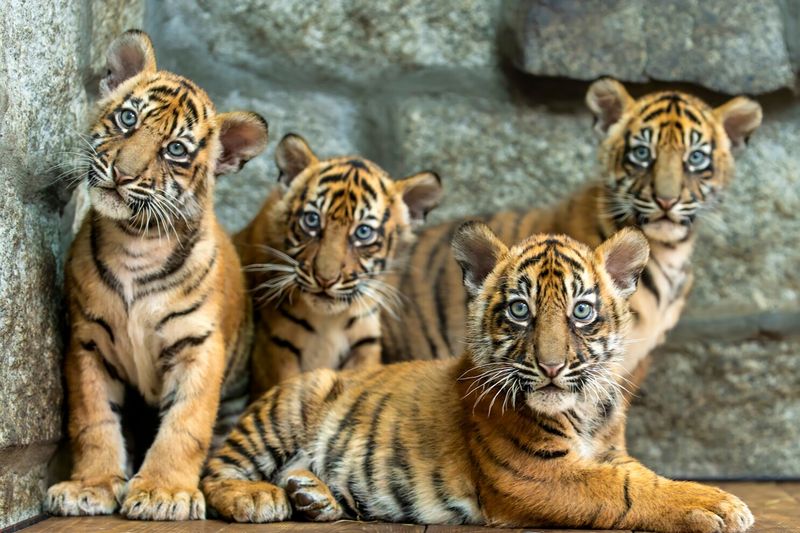
Tiger cubs in the dense jungles exhibit fierce sibling rivalry over food and attention. These early confrontations help them establish dominance and social ranking. By vying for their mother’s resources, they learn vital survival skills.
The jungle is competitive, and these early lessons prepare them for adulthood. Their interactions are a blend of play and power struggles, essential for developing into efficient predators. As they grow, the skills honed through sibling rivalry will be crucial for their survival in the wild.
Wolf Pups
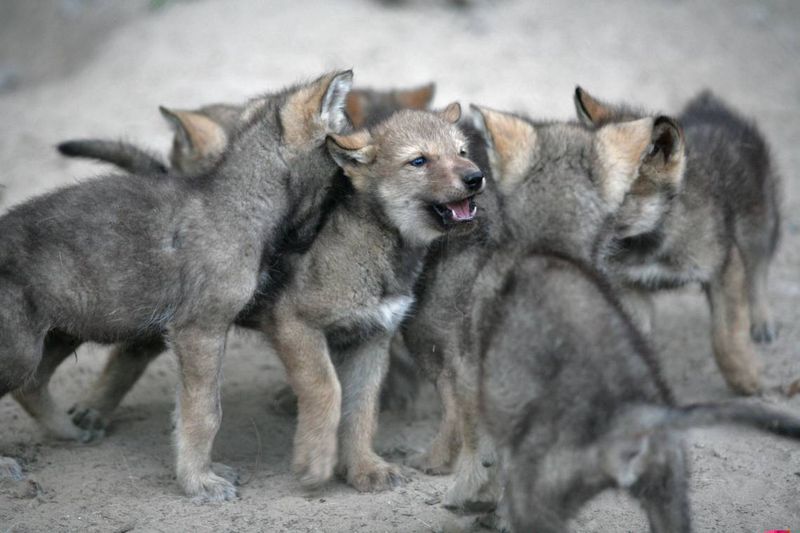
Wolf pups engage in sibling rivalry through playful wrestling and chasing. These interactions are practice for the social dynamics of the pack. While seemingly trivial, these early lessons in dominance and cooperation are crucial.
They prepare the pups for the complex social structure of wolf packs. By testing boundaries and roles, they learn survival techniques for group hunting and hierarchy. This playful rivalry is an essential part of growing up in the wild, ensuring they become integral members of the pack.
Raccoon Kits
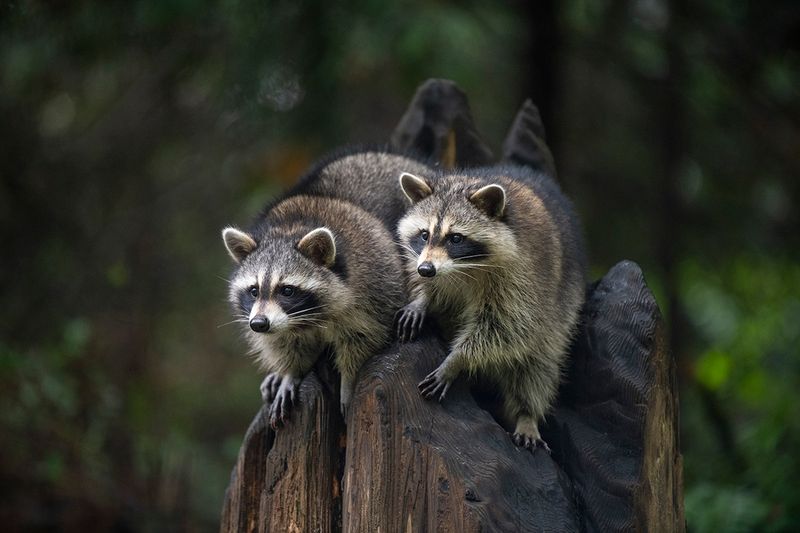
In bustling urban environments, raccoon kits face sibling rivalry as they compete for food and space. These interactions are crucial for developing survival tactics in a human-dominated landscape.
Their squabbles teach them about resourcefulness and resilience. As they learn to navigate city life, these lessons in rivalry and cooperation become vital. The ability to adapt to urban settings is honed through these early challenges, preparing them for a life intertwined with humans.
Seal Pups
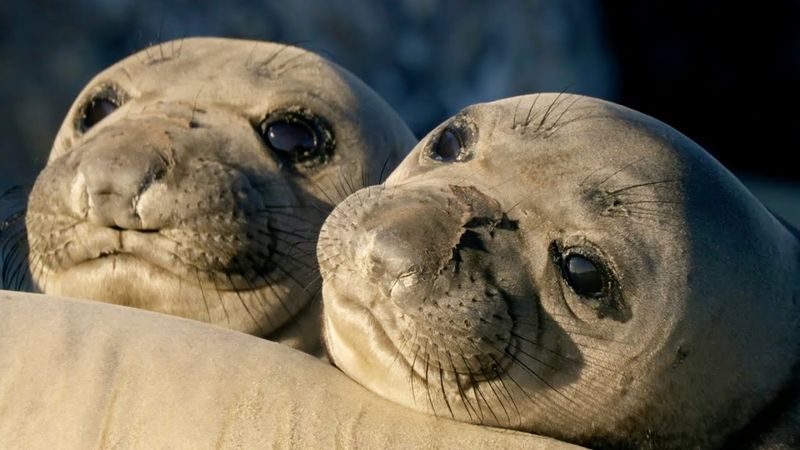
Seal pups, on rocky shores, face sibling rivalry for their mother’s attention and milk. The competition is fierce, with the strongest often prevailing. This ensures the healthiest pups survive in a challenging marine environment.
Their early struggles are a prelude to the survival skills they’ll need in the ocean. These interactions teach them resilience and adaptability, essential for thriving in the wild. The rivalry is a critical part of their development, preparing them for the challenges of marine life.
Red Fox Kits
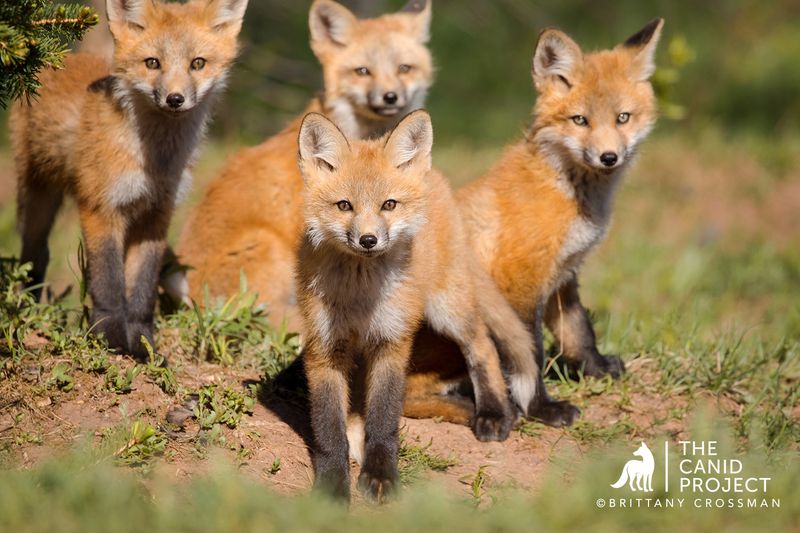
Red fox kits in lush meadows engage in playful but competitive sibling rivalry. Their tussles help develop hunting skills and social dynamics essential for survival.
These interactions are lessons in stealth, agility, and cunning. As they play, they’re learning vital skills for adulthood. The rivalry is a crucial part of their development, preparing them for the challenges of life in the wild. It teaches them to balance play with the serious business of survival.
Chimpanzee Youngsters
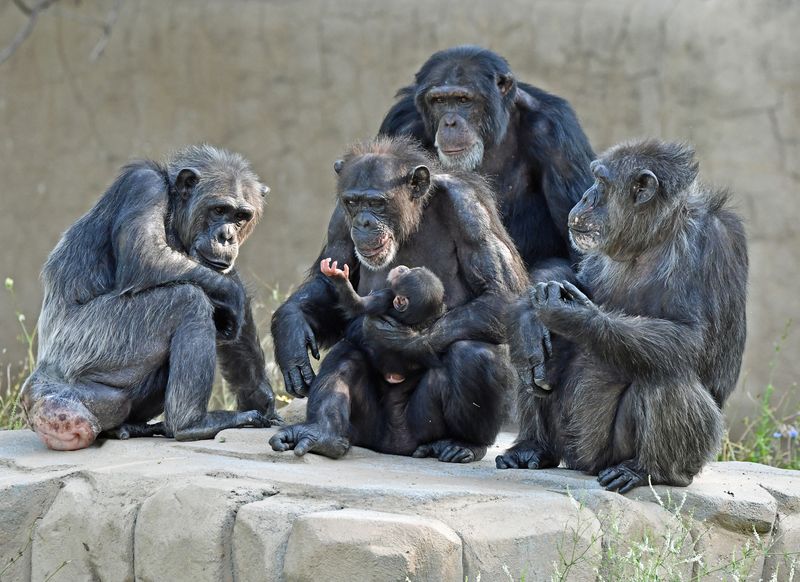
Young chimpanzees in dense forests face sibling rivalry over food and attention. These interactions are critical for developing social skills and establishing hierarchies within their groups.
The rivalry teaches them about cooperation, conflict resolution, and dominance. These lessons are crucial for navigating the complex social structures of chimpanzee communities. As they mature, the skills honed through sibling rivalry will be vital for their survival and success within the troop.
Owl Chicks
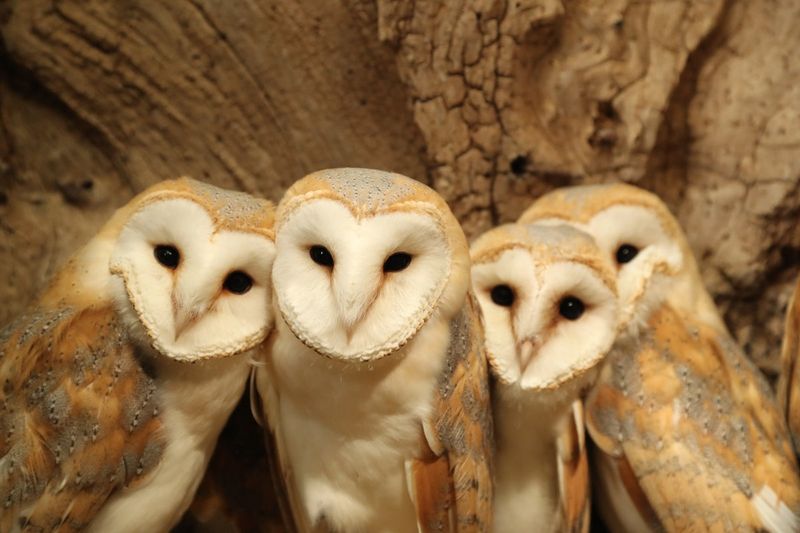
Owl chicks in nests high in trees often experience sibling rivalry, with the stronger chick asserting dominance over the weaker. This competition ensures the more capable chick receives the majority of food resources.
The rivalry is a survival strategy, ensuring at least one chick thrives. While it seems harsh, these interactions prepare them for the challenges of the wild. The stronger chick’s survival ensures the continuation of the species in a competitive ecosystem.
Crocodile Hatchlings
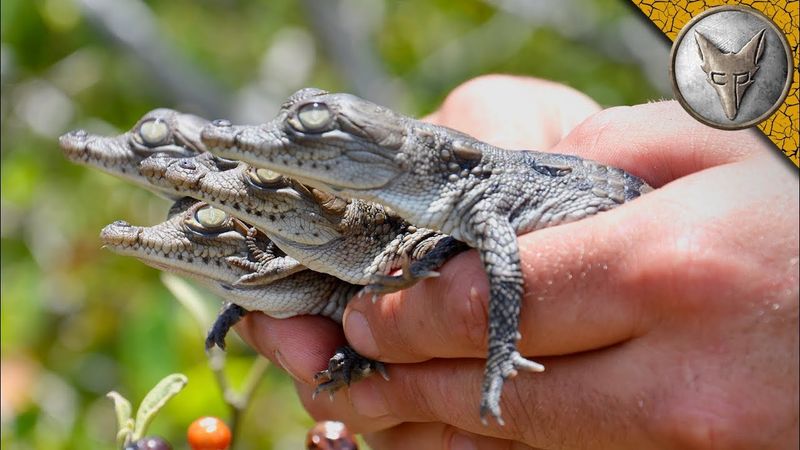
Crocodile hatchlings face intense sibling rivalry from the moment they hatch. In swamps and rivers, competition for food begins immediately. These early struggles are crucial for honing survival instincts.
The rivalry fosters resilience and tenacity, traits vital for survival in the wild. As they grow, their early experiences in sibling competition prepare them for a life of predation and survival. The fierce battles for resources are a rite of passage in the crocodilian world.
Kangaroo Joeys
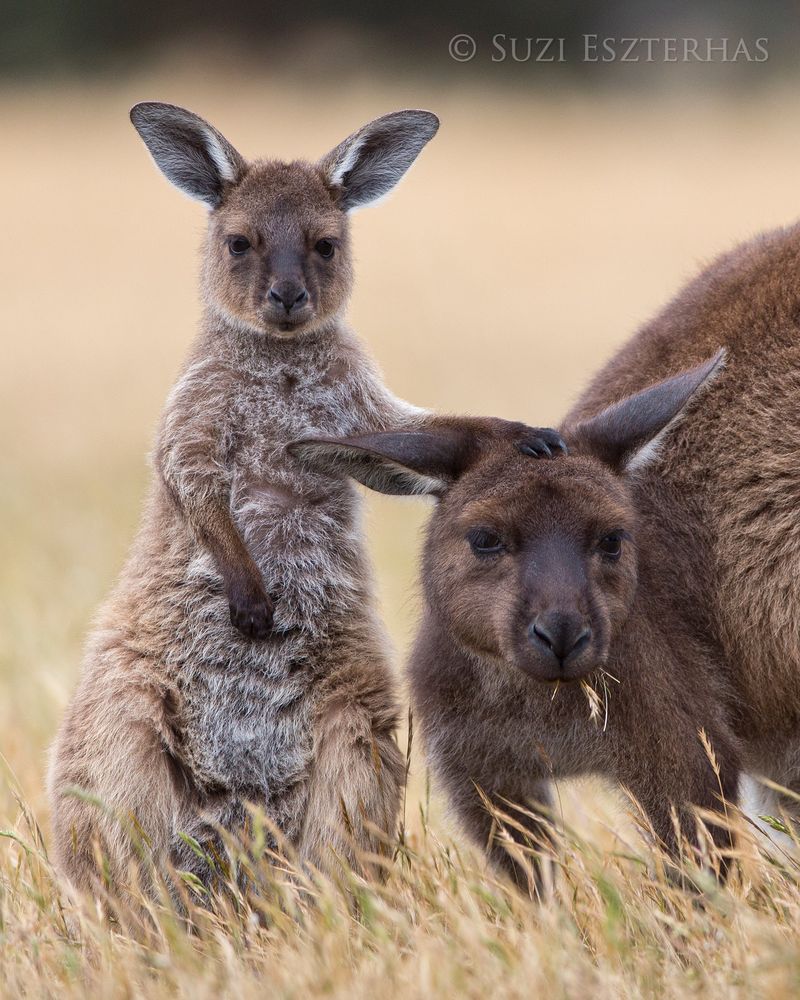
Kangaroo joeys in the vast Australian outback engage in playful boxing matches. These interactions are more than just fun; they’re a critical part of developing survival skills and social dynamics.
The rivalry teaches them about strength, agility, and social hierarchy. As they play, they’re learning vital skills for adulthood. These interactions prepare them for the challenges of the wild, ensuring they grow into strong and capable adults.
Polar Bear Cubs
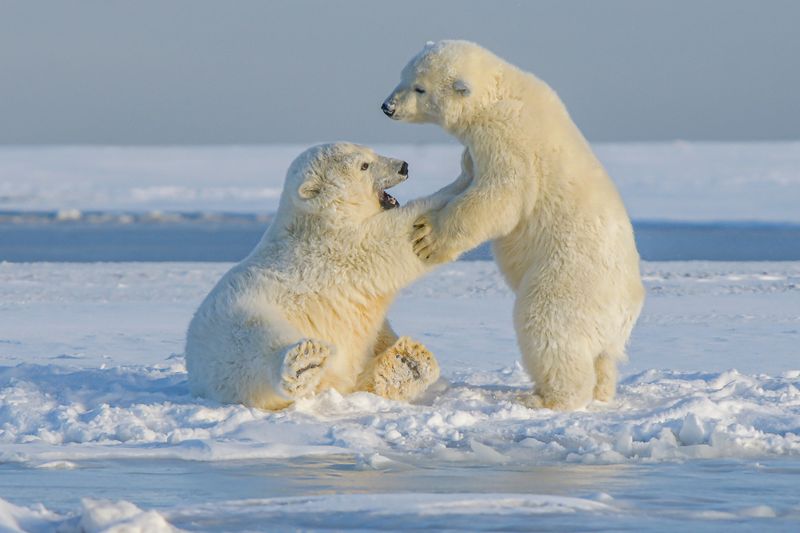
Polar bear cubs in the Arctic engage in sibling rivalry through playful fights on ice. These interactions are crucial for developing the skills necessary for survival in a harsh environment.
The rivalry teaches them about strength, hunting, and social dynamics. As they grow, their playful skirmishes prepare them for the challenges of the Arctic wilderness. The skills honed through sibling rivalry are vital for thriving in a world where survival is a constant challenge.
Bald Eagle Eaglets
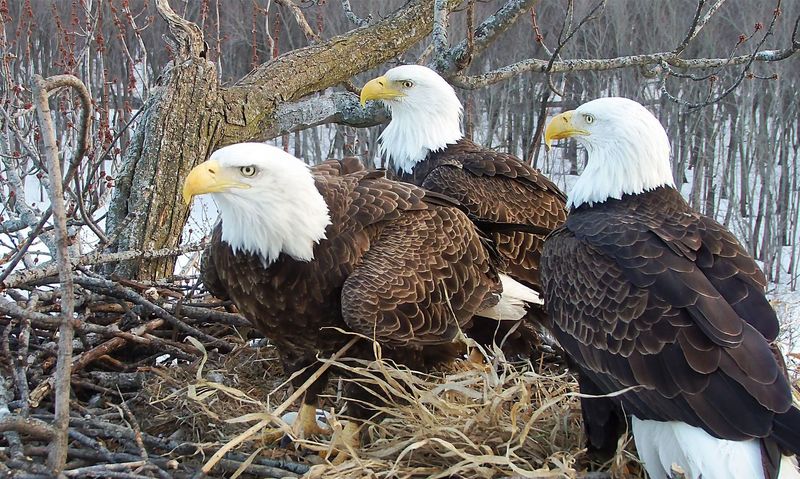
Bald eagle eaglets often experience intense sibling rivalry in their nests. The older chick typically dominates, ensuring it receives the majority of food resources.
This rivalry is a survival strategy, ensuring the most robust chick thrives. While it seems cruel, these interactions are vital for developing survival skills. The stronger eaglet’s survival ensures the continuation of the species in a competitive ecosystem. The rivalry hones the skills necessary for a successful life in the wild.
Python Hatchlings
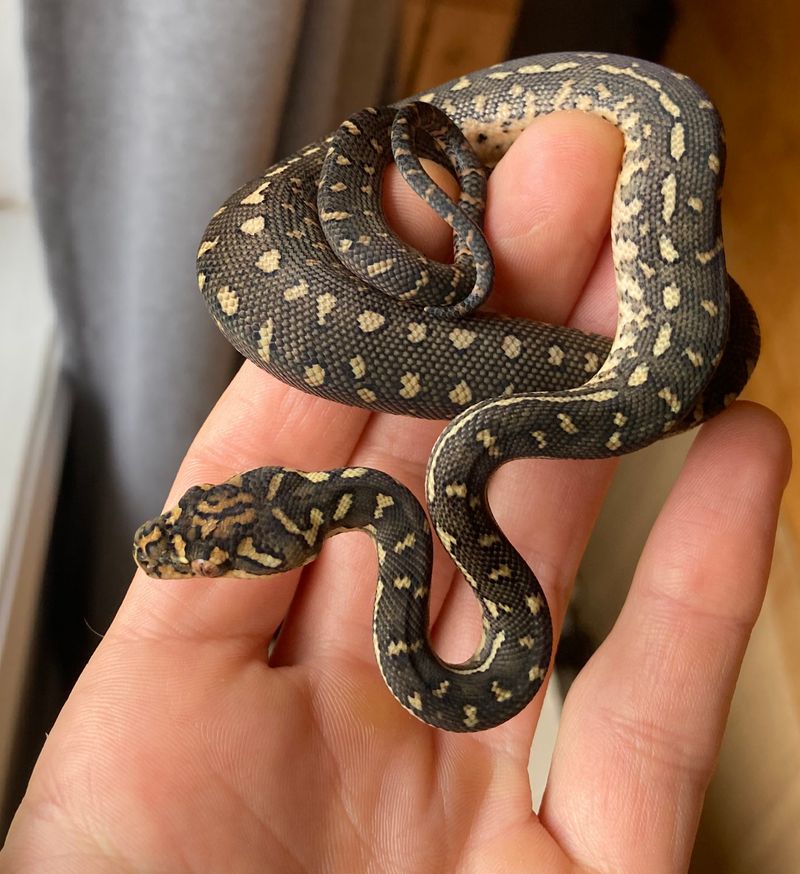
Python hatchlings face sibling rivalry right from the moment they hatch. In the dense jungle, competition for space and resources is immediate. These interactions are crucial for developing survival instincts.
The rivalry fosters resilience and adaptability, traits vital for survival. As they grow, their early experiences in sibling competition prepare them for a life of predation and survival. These early battles are a crucial part of their development, ensuring they can thrive in the wild.
Albatross Chicks
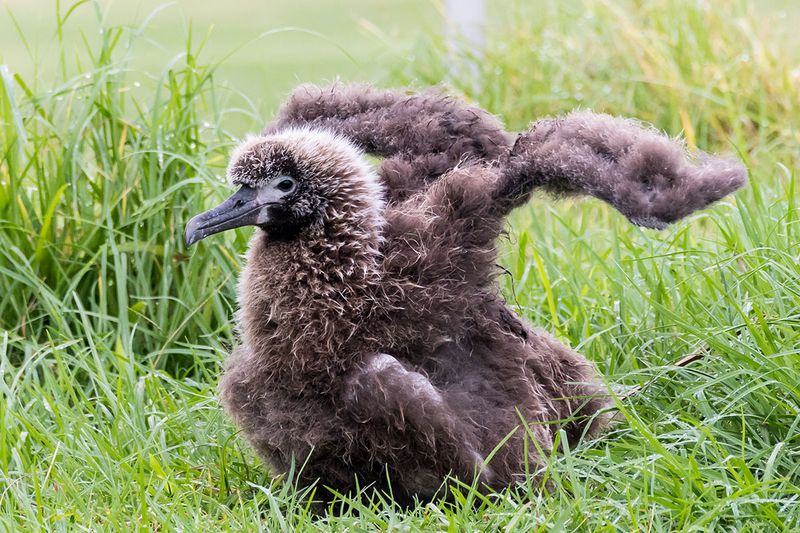
Albatross chicks, perched on cliff edges, experience sibling rivalry as they compete for parental food supply. The competition is fierce, with the stronger chick often prevailing, securing the majority of resources.
This rivalry ensures the survival of the fittest, preparing the chick for the challenges of life at sea. The interactions teach resilience and tenacity, essential traits for thriving in the wild. The stronger chick’s survival ensures the continuation of the species in a competitive ecosystem.
Sea Turtle Hatchlings
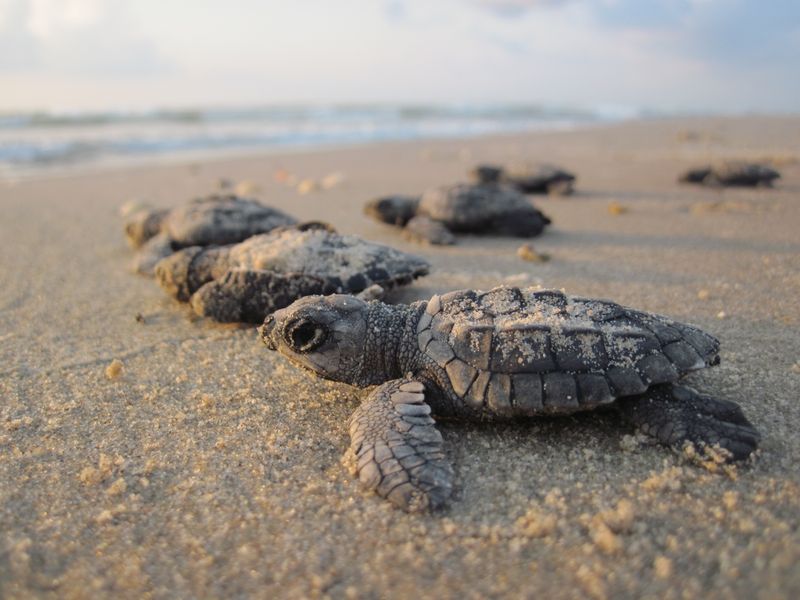
Sea turtle hatchlings, emerging from sandy nests, face sibling rivalry as they race towards the ocean. The journey is perilous, with only the fastest and strongest making it to the sea.
This competition is a survival of the fittest, ensuring the most capable hatchlings succeed. The rivalry is a crucial part of their development, preparing them for the challenges of marine life. These early struggles teach resilience and adaptability, essential traits for thriving in the ocean.

